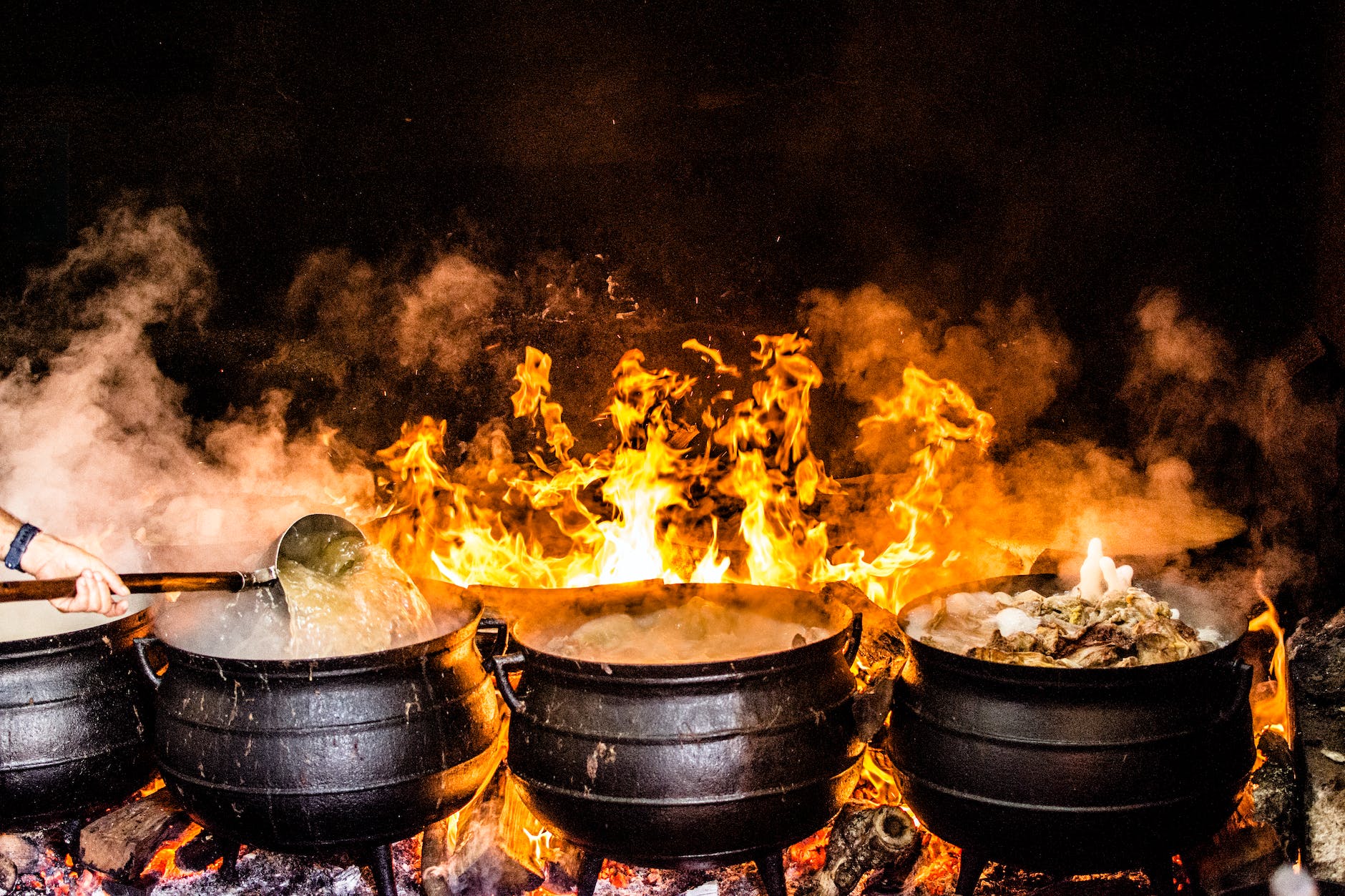The Science of Heat: Understanding Cooking Temperatures
Introduction: Exploring the Science of Heat in Cooking
Cooking is not just an art; it is also a science. Behind every delicious meal lies a complex understanding of heat and its effects on food. From the perfect sear on a steak to the delicate caramelization of onions, heat plays a crucial role in transforming raw ingredients into mouthwatering dishes. In this article, we will delve into the science of heat in cooking, exploring the basics of cooking temperatures, heat transfer methods, the Maillard reaction, food safety considerations, and tips for mastering the art of controlling cooking temperatures.
The Basics: Understanding Cooking Temperatures and their Effects
Cooking temperatures have a profound impact on the taste, texture, and safety of food. Different temperatures can result in varying degrees of doneness, affecting the flavor and tenderness of meats, the texture of vegetables, and the overall quality of a dish. Understanding the basics of cooking temperatures is essential for achieving culinary perfection.
One of the most critical factors in cooking temperatures is the Maillard reaction, which occurs when proteins and sugars in food are exposed to high heat. This reaction is responsible for the browning and development of complex flavors in cooked food. The Maillard reaction is most prominent at temperatures between 300°F (150°C) and 500°F (260°C), making it crucial to monitor cooking temperatures carefully.
Heat Transfer: How Different Cooking Methods Utilize Heat
Various cooking methods utilize different heat transfer mechanisms to cook food. Understanding these methods can help you choose the most suitable technique for a particular dish and achieve the desired results.
Conduction is the transfer of heat through direct contact. This method is commonly used in techniques like pan-frying and grilling, where food comes into direct contact with a hot surface. Convection, on the other hand, involves the transfer of heat through the movement of air or liquid. It is commonly used in baking and roasting, where hot air circulates around the food, ensuring even cooking.
Radiation is another heat transfer method used in cooking, where heat is transferred through electromagnetic waves. This method is employed in grilling and broiling, where food is exposed to direct heat from a heat source. Lastly, induction cooking utilizes electromagnetic fields to generate heat directly in the cookware, resulting in precise and efficient cooking.
The Maillard Reaction: Unraveling the Chemistry Behind Browning
The Maillard reaction is a complex chemical process that occurs when amino acids and reducing sugars react at high temperatures. This reaction is responsible for the browning and development of flavors in cooked food, giving dishes their characteristic taste and aroma.
When heat is applied to food, the amino acids and reducing sugars undergo a series of chemical reactions, resulting in the formation of new compounds. These compounds contribute to the rich flavors and aromas associated with well-cooked food. The Maillard reaction is particularly important in the culinary world, as it is responsible for the delicious crust on a seared steak, the golden color of bread crusts, and the caramelization of onions.
Cooking Temperatures and Food Safety: Ensuring Proper Cooking Times
Cooking temperatures are not only crucial for taste and texture but also for food safety. Proper cooking times and temperatures are essential to eliminate harmful bacteria and ensure that food is safe to consume.
The United States Department of Agriculture (USDA) provides guidelines for safe cooking temperatures for various types of food. For example, poultry should be cooked to an internal temperature of 165°F (74°C), while ground meats should reach 160°F (71°C). These temperatures are necessary to kill bacteria such as Salmonella and E. coli, which can cause foodborne illnesses.
It is important to use a food thermometer to accurately measure the internal temperature of cooked food. This ensures that harmful bacteria are destroyed, reducing the risk of foodborne illnesses. By following proper cooking times and temperatures, you can enjoy delicious meals while keeping your family safe.
Mastering the Art: Tips and Techniques for Controlling Cooking Temperatures
Controlling cooking temperatures is a skill that separates amateur cooks from culinary masters. Here are some tips and techniques to help you become a pro at managing heat in the kitchen:
1. Preheating: Always preheat your cooking surface or oven before adding food. This ensures that the food cooks evenly and prevents sticking.
2. Adjusting heat levels: Learn to adjust heat levels during cooking to maintain the desired temperature. Lowering the heat can prevent burning, while increasing it can speed up cooking.
3. Resting time: Allow cooked food to rest before serving. This allows the residual heat to distribute evenly, resulting in a more tender and flavorful dish.
4. Use a thermometer: Invest in a reliable food thermometer to accurately measure the internal temperature of cooked food. This ensures that your dishes are cooked to perfection and eliminates any guesswork.
In conclusion, understanding the science of heat in cooking is essential for achieving culinary excellence. By grasping the basics of cooking temperatures, heat transfer methods, the Maillard reaction, food safety considerations, and mastering the art of controlling cooking temperatures, you can elevate your cooking skills and create delicious meals that are both safe and flavorful.
